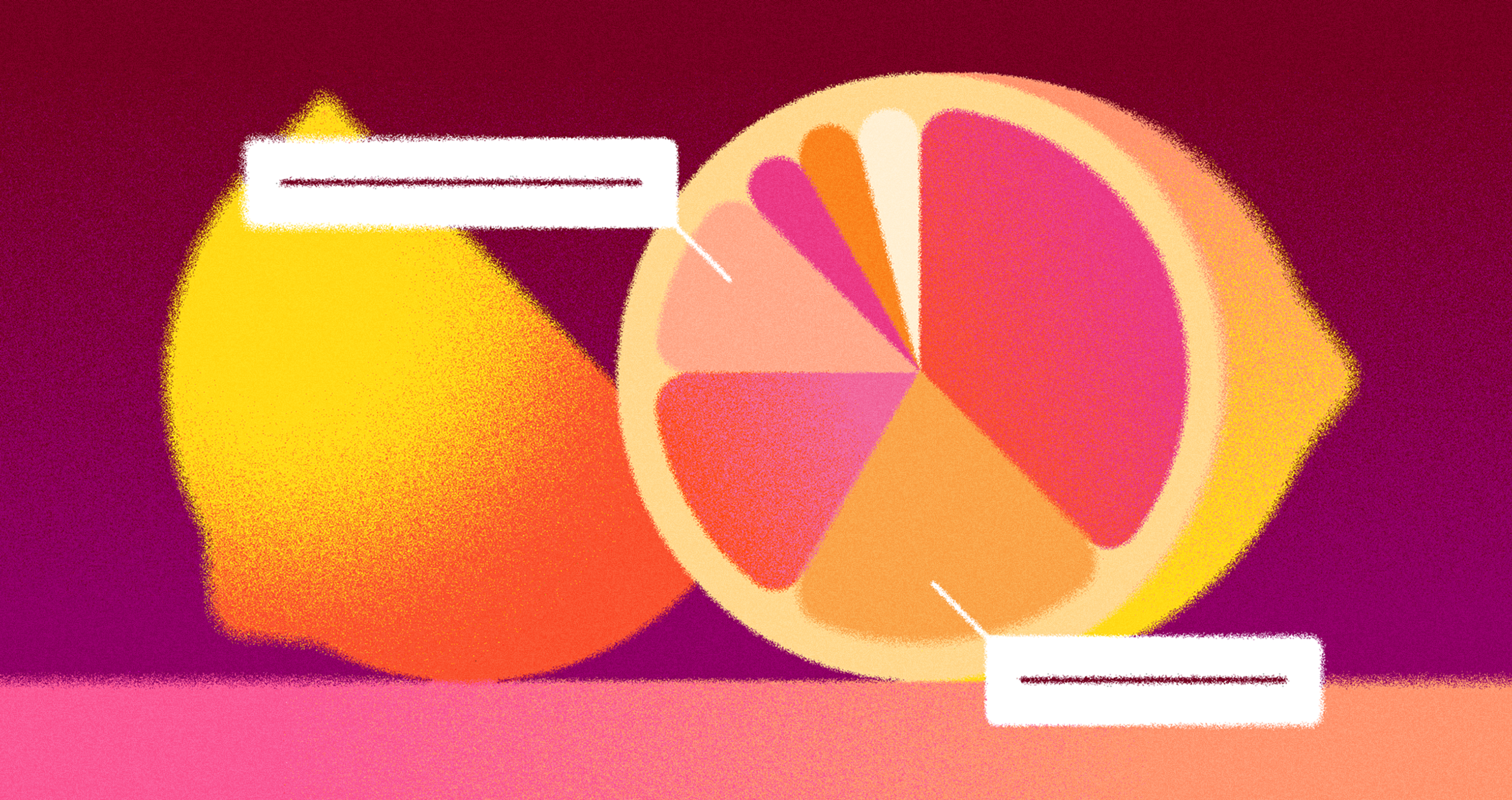Every logo represents what a brand stands for, and they surround us everywhere. But have you ever looked closer to find what's hidden inside?
Great logos do more than look nice. They employ design techniques such as negative space to conceal hidden symbols and secret messages. Negative space refers to the empty area surrounding and between elements. Designers use it to create hidden images that most people miss at first glance.
These hidden meanings work because of how our brains process visual information. Psychologists call these Gestalt principles. Our minds naturally look for patterns and complete shapes. When we discover a hidden element in a logo, it creates a memorable moment that makes us remember the brand.
Let's explore how famous companies hide messages in their logos.
Baskin-Robbins Hidden Meaning
Baskin-Robbins built its reputation on variety. The Baskin-Robbins logo conceals the number 31 within the letters "B" and "R", symbolizing a promise of 31 flavors, one for every day of the month.
The company calls itself the ice cream capital of the world. Even in winter, they work hard to keep customers coming back. The hidden 31 became a key part of their identity.
The logo uses pink and blue colors. Pink triggers feelings of fun and playfulness according to color psychology. Blue adds calmness and trust. These colors stayed consistent for over 30 years.
The 31 shows more than clever design. The hidden detail of the number 31 adds a layer of meaning, making the logo more memorable and reinforcing the brand's identity. It reflects their commitment to trying new things. They add seasonal flavors while keeping classics. This balance of tradition and creativity keeps them competitive.
In the crowded ice cream market, this hidden number helps them stand out. The discovery makes customers smile and reminds them of the brand's promise of variety.
Baskin Robbins Logo
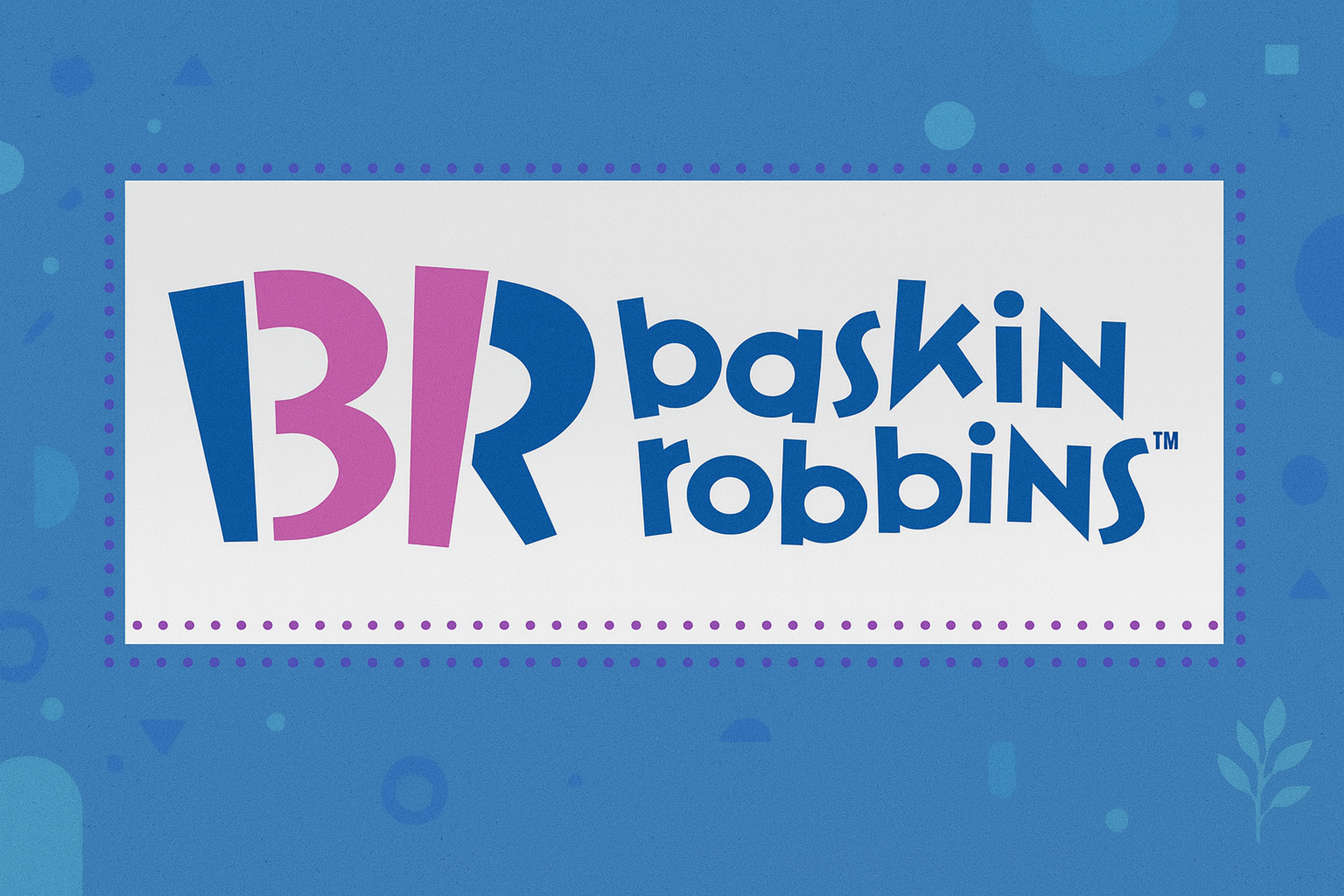
Toyota Hidden Meaning
Toyota crafted an innovative logo with hidden depth. The three interlocking ovals form every letter in "Toyota" using negative space. This technique requires precision and careful planning.
The design also represents Toyota's values. The two inner ovals illustrate the connection between the company and its customers. The outer oval encircles them, symbolizing their global reach.
Japanese design principles shape the logo's simplicity and balance. It works everywhere, from cars and websites to billboards. The logo stands for innovation and quality craftsmanship.
Toyota Logo Hidden Meaning
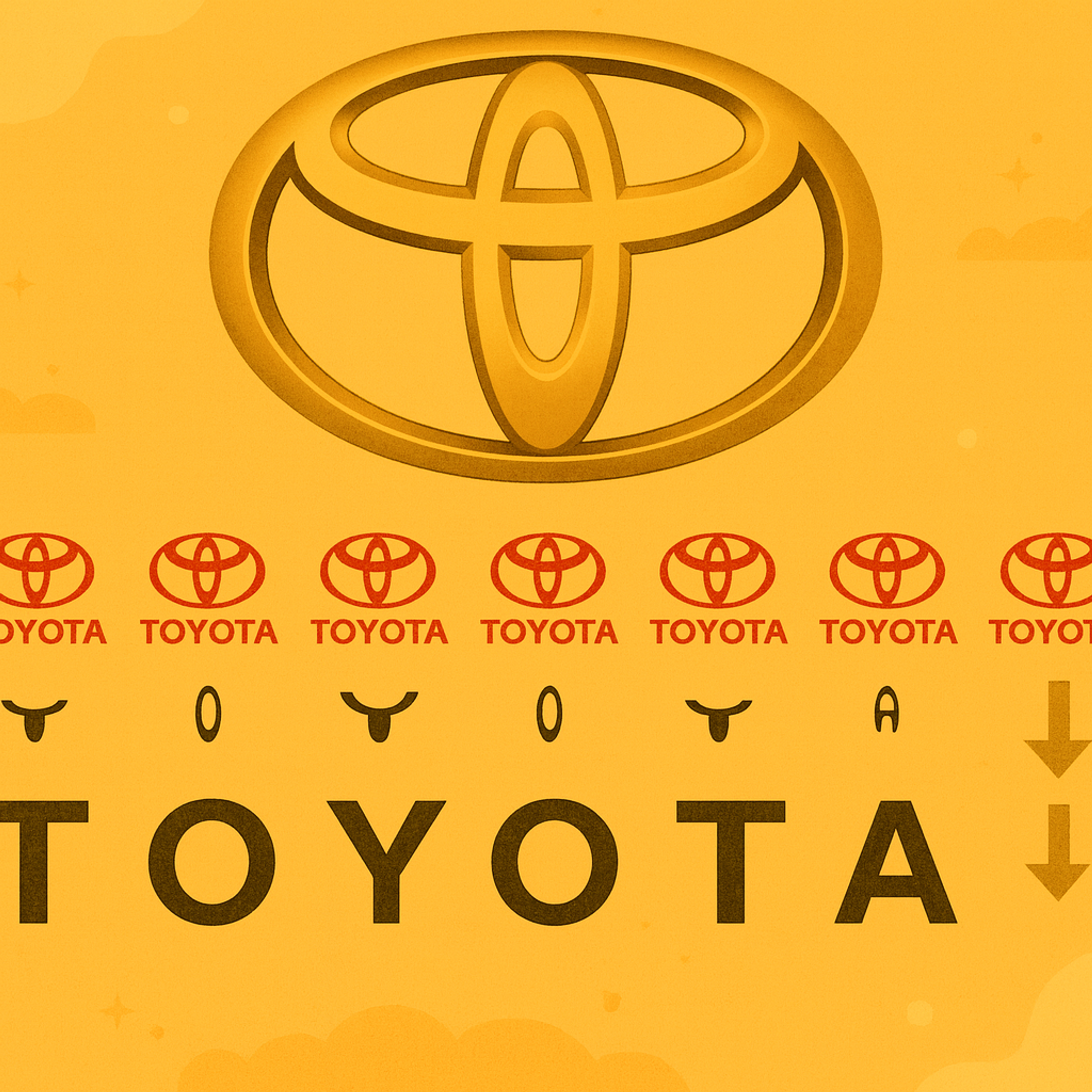
Tour de France Logo Hidden Meaning
The Tour de France logo embodies the race's spirit in a simple yet effective design. Look closely at the lowercase "r" in "Tour." It forms a cyclist leaning over a bike.
This detail celebrates French cycling tradition. The logo acts as a visual representation of the race's energy and movement, using design elements to convey athleticism and dynamism.
The yellow circle serves two purposes. It represents the summer sun and the winner's yellow jersey. This innovative design links the logo to the race's most recognizable symbol.
Tour dee France Logo
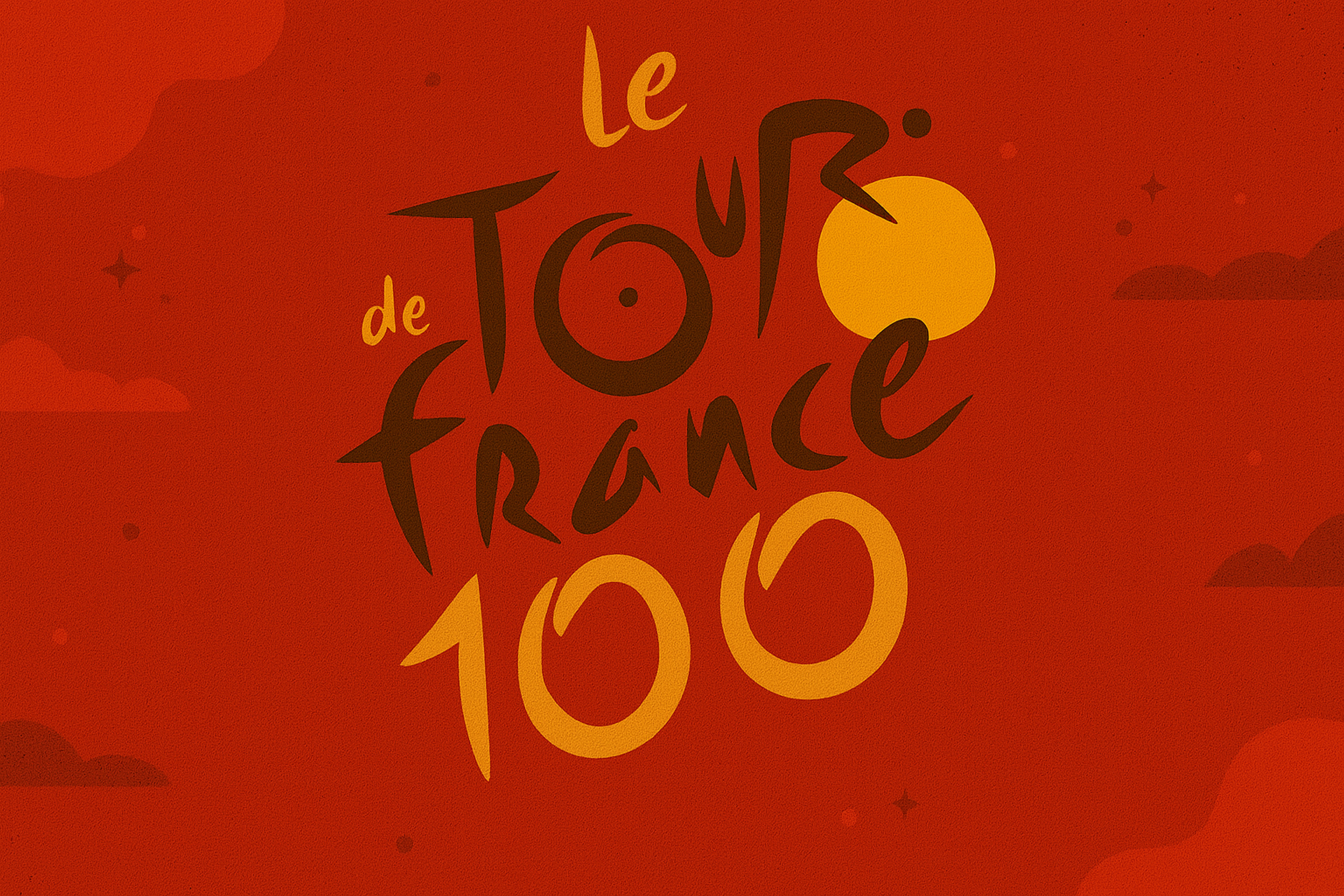
F1 Logo Features Hidden Meaning
The F1 logo uses negative space brilliantly. The red racing stripes and the letter F create the number 1 in the empty space between them. This captures the speed and precision of Formula 1.
The red stripes suggest motion and energy. The sharp lines hint at the aerodynamic shape of an F1 car. The bold red adds intensity, like the heat of competition.
Compelling logos communicate directly. The F1 logo is a strong logo mark that instantly signals speed and motorsport. A strong mark serves as a quiet ambassador for the brand, conveying meaning without words. The F1 logo illustrates this principle by instantly signaling speed and motorsport.
Formula 1 Logo

Beats Hidden Meaning
The Beats logo appears simple at first glance. It's a lowercase "b" inside a circle. But turn your head, and it resembles a person wearing headphones.
This visual metaphor perfectly matches the brand. It shows their focus on personal audio experience. The logo also visually communicates their core identity as a sound company, reinforcing their commitment to audio and sound quality.
The smooth, modern design appeals to music lovers who want style and quality.
The negative space technique makes the logo memorable. When people discover the hidden headphones, they form a stronger connection with the brand.
Beats Logo

Toblerone Hidden Meaning
The Toblerone logo shows more than a mountain. A bear is hidden at the peak to honor Bern, Switzerland, the birthplace of chocolate. This bear serves as a hidden image, adding depth and meaning to the logo by revealing an extra layer of visual storytelling. Bern is known as the City of Bears.
The bear represents strength and Swiss quality. Using negative space to create it shows design skill and attention to detail.
The name tells a story, too. "Tobler" is named after the founder, Theodor Tobler. "Torrone" means nougat in Italian. Together, they highlight the honey-almond nougat and Swiss-Mediterranean heritage.
This single image communicates history, craftsmanship, and cultural pride.
Toblerone Logo
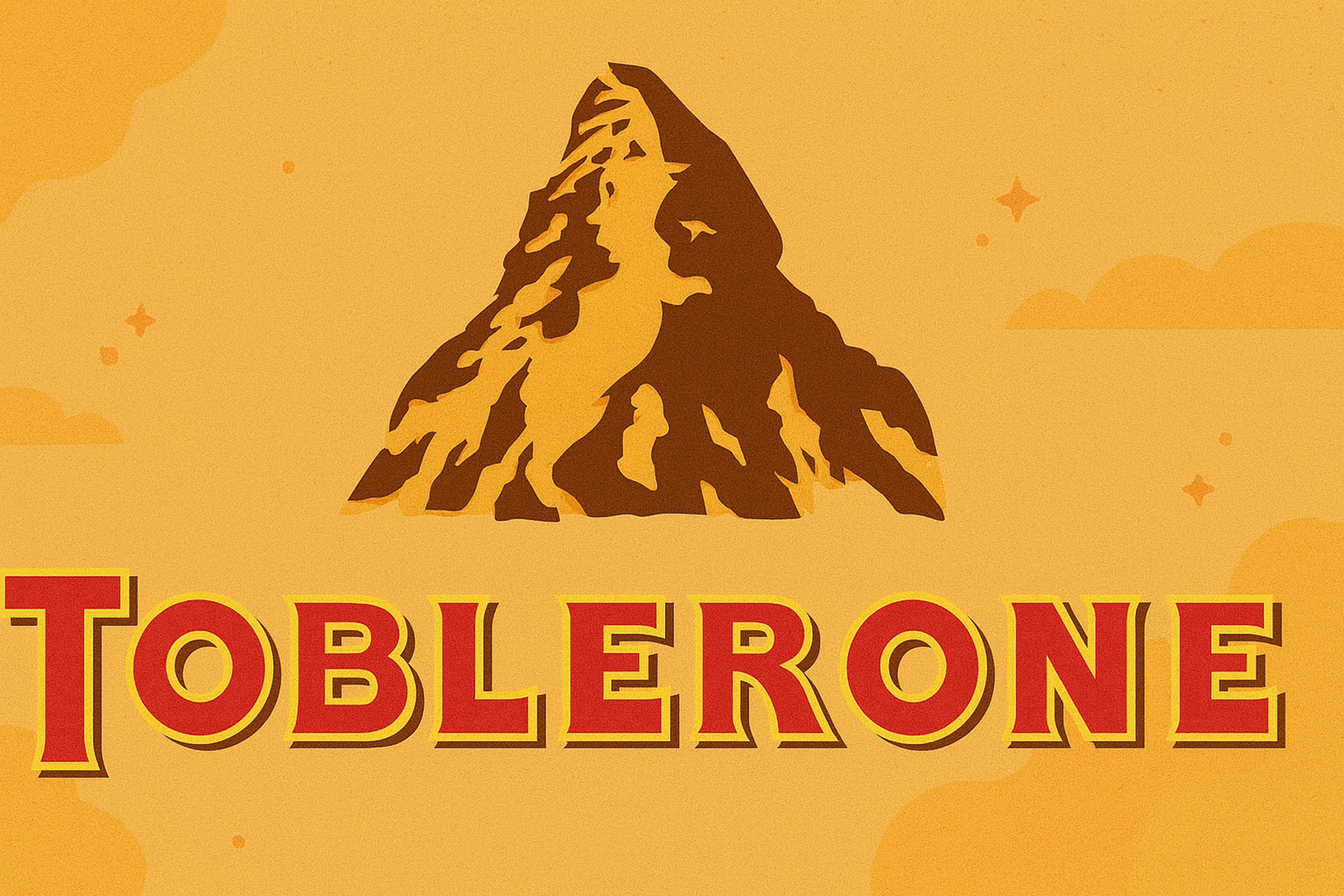
FedEx Hidden Arrow Hidden Meaning
FedEx dominates the shipping world with strong branding. Most people don't connect design excellence with delivery companies, but FedEx proves it matters.
The logo features bold, clean letters in a modern design. The real genius hides between the E and x. The arrow is cleverly formed by the negative space between the letters' e' and 'x', showcasing how subtle design elements can reinforce brand attributes.
This arrow communicates speed, precision, and forward movement, exactly what shipping requires. The design leader refined hundreds of iterations to reach the right balance.
While competitors like UPS use straightforward shields, FedEx's hidden arrow gives them an edge in memorability. The discovery creates a positive association with the brand's service promise.
The arrow remained through various logo updates. It continues signaling progress and reliability to millions of customers worldwide.
FedEx Logo
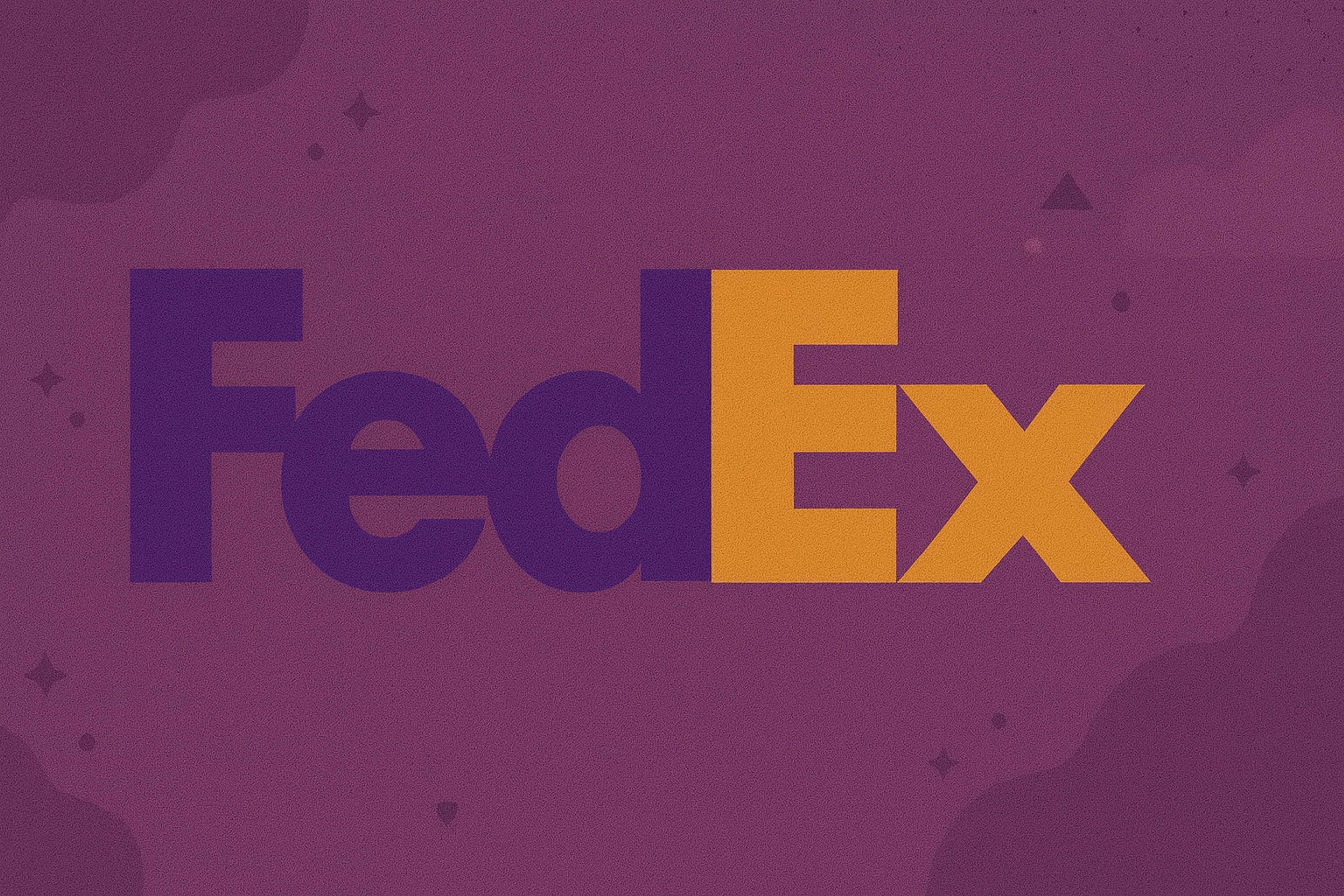
NBC Hidden Meaning
The NBC Peacock represents more than decoration. It symbolizes creativity and innovation. NBC added the peacock in 1956, when color television was a revolutionary innovation. The bird demonstrated that NBC had adopted this new technology.
The six colorful feathers are not random. The feathers represent NBC divisions: news, sports, and entertainment. Color psychology reveals that different colors evoke distinct emotions, making the logo dynamic and memorable.
The forward-facing peacock shows NBC's commitment to innovation. The white space between feathers forms a semicircle, suggesting unity and completeness.
Over the decades, the peacock has evolved, yet it has retained its core message. It celebrates diversity, creativity, and adaptation in the changing media landscape.
Pizza Hut Hidden Meaning
The signature red Pizza Hut logo connects to the company's history. The curved red shape is more than decoration; it depicts a roof.
This design pays tribute to the original Pizza Hut restaurants. The red-topped buildings defined early locations. The roof's shape creates nostalgia and reinforces the brand's heritage.
This element links the modern logo to the past while adapting to current design trends. It helps customers remember the dine-in experience that made Pizza Hut famous.
Pizza Hut Logo
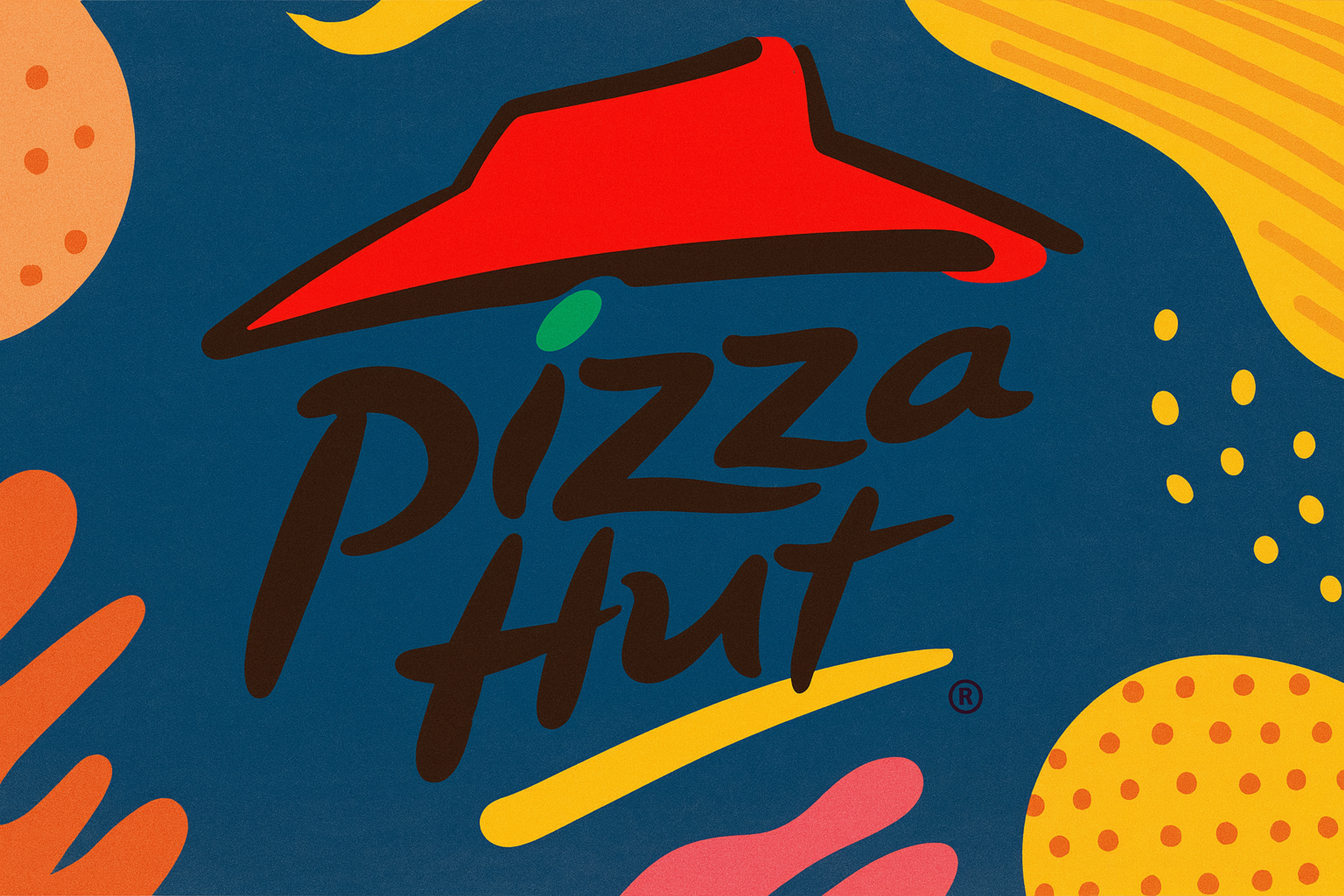
London Symphony Orchestra Hidden Meaning
The London Symphony Orchestra logo combines simplicity with artistry. At first glance, it appears to be an abstract, flowing shape. Look closer and you'll see the letters LSO hidden inside.
The letters loop smoothly like a conductor's baton moving through the air. This represents music in motion. It captures rhythm and energy.
The flowing form reflects how classical music is performed, with emotion, freedom, and expression. The design brings passion and creativity to the brand identity.
London Symphony Orchestra Logo
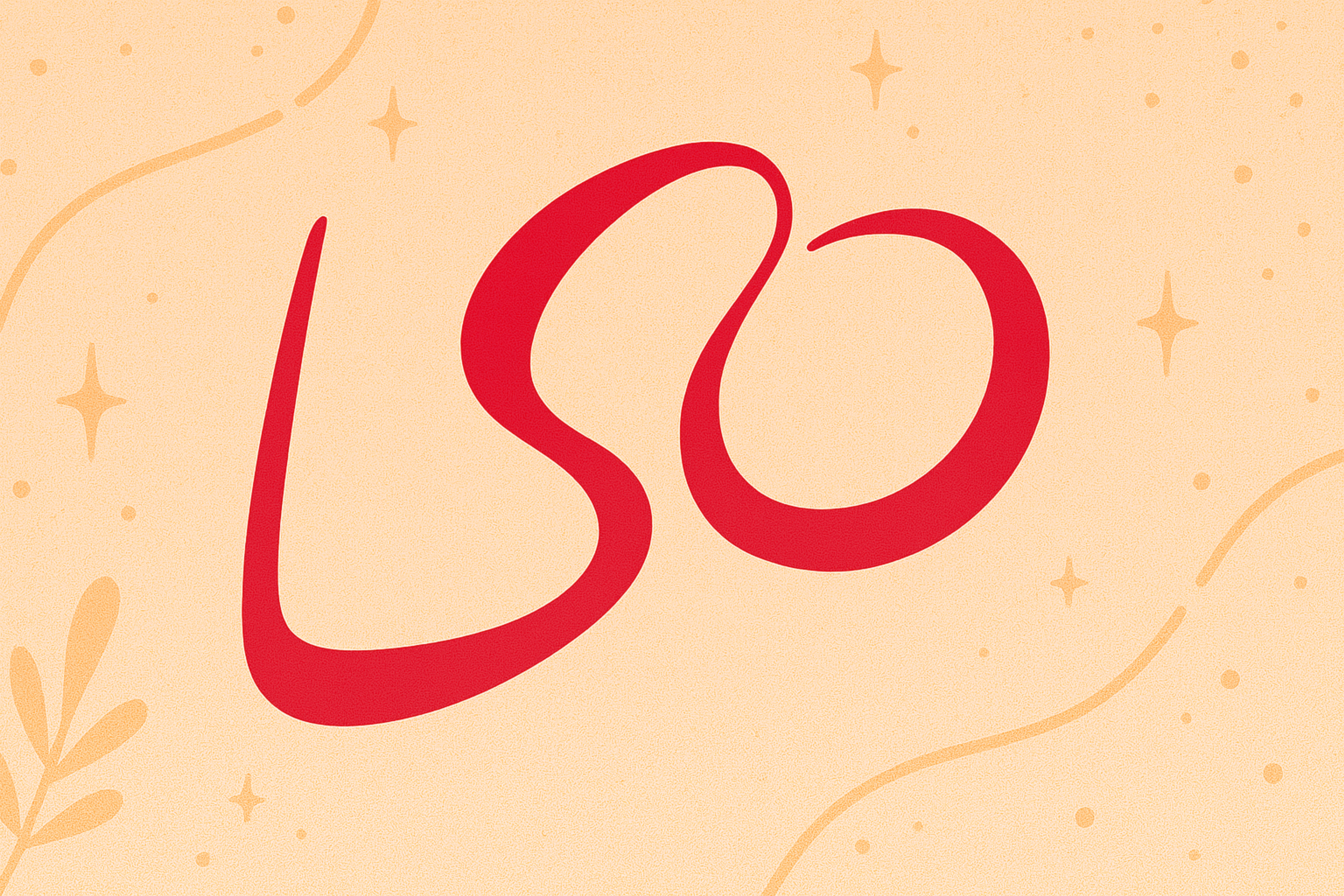
Unilever
The Unilever logo appears to be a simple "U." Inside are 25 small icons representing the company's various activities.
These symbols show food, beauty, hygiene, nature, and innovation. A leaf represents sustainability. A spoon shows nutrition. A spark suggests new ideas. Together, they tell the story of a company improving daily life.
The blue color builds trust and care. It aligns with Unilever's goal to make sustainable living the norm. This innovative design conveys multiple meanings through a single, clear symbol.
Unilever Logo
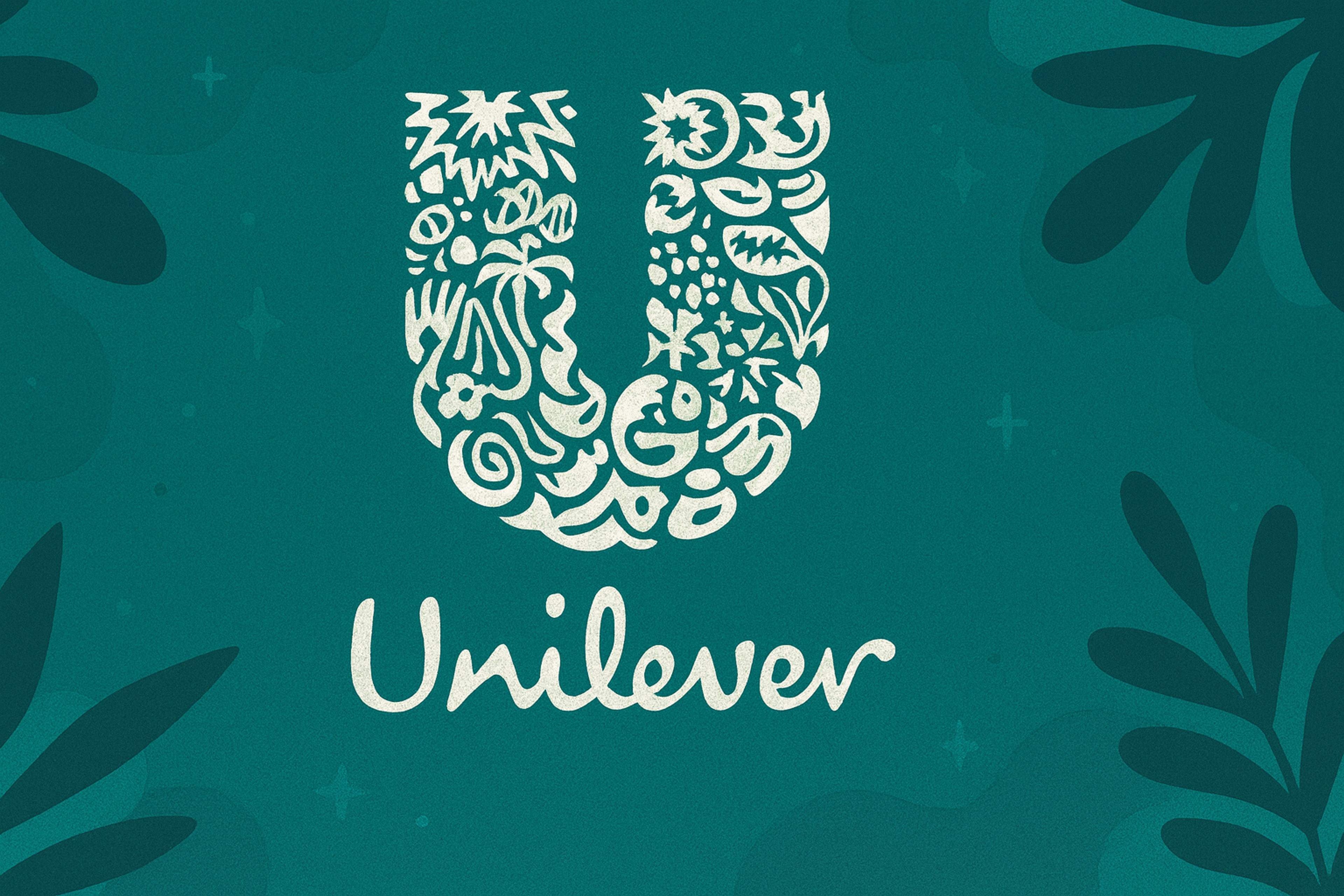
Audi
The Audi logo shows four linked rings. Each one represents a company that merged in 1932 to form Auto Union: Audi, DKW, Horch, and Wanderer.
The rings symbolize teamwork and shared strength. They reflect precision in both engineering and design. The clean, modern look highlights Audi's focus on luxury and performance.
Whether in chrome or black, the rings look elegant and powerful. They stand for German quality and ongoing innovation. The four rings have become a symbol of the Audi brand and its reputation for excellence.
Audi Logo
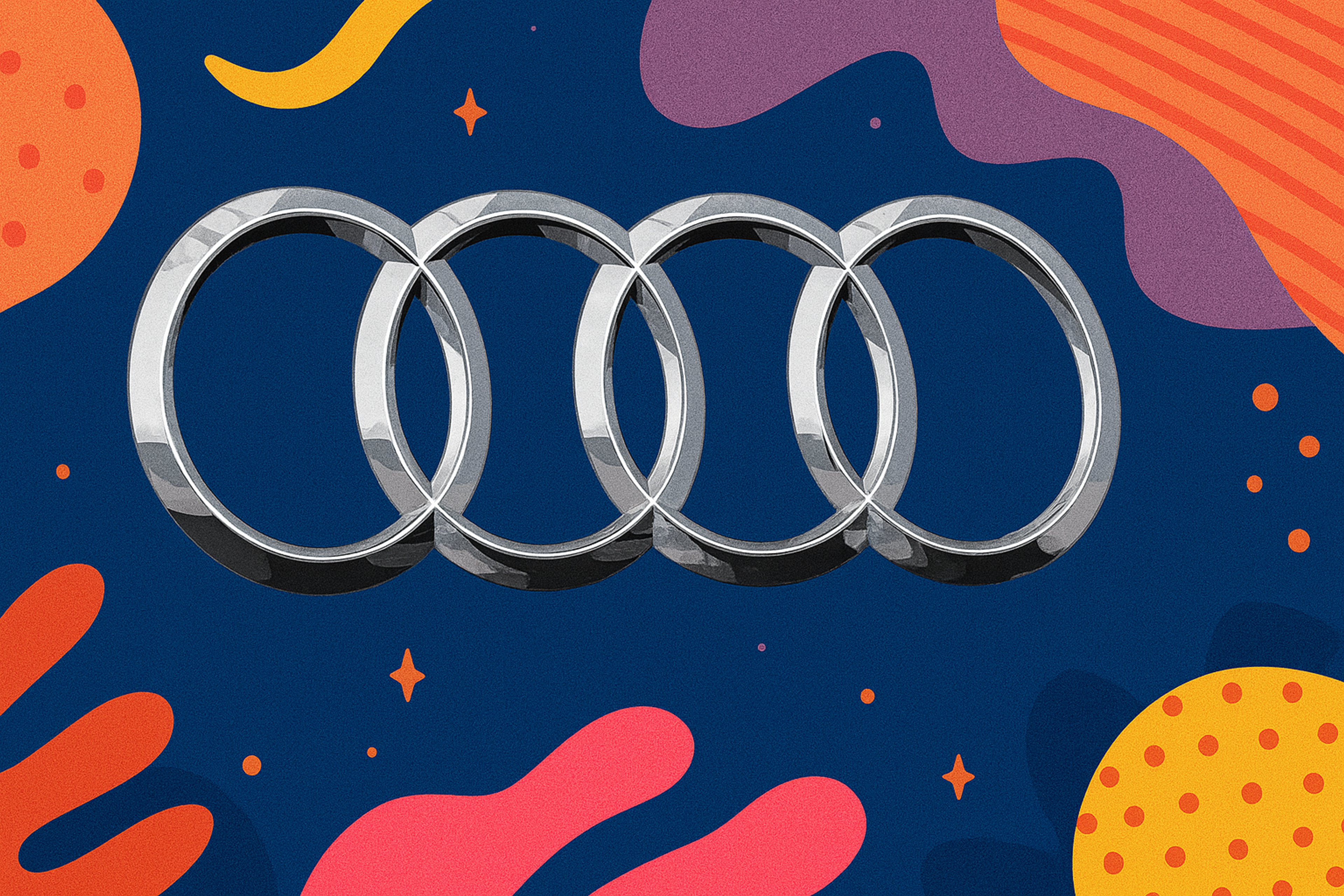
Gillette
Gillette's logo highlights precision in design. The letters seem plain at first glance, but the G and I are sliced at an angle as if cut by a razor. The detail signals sharp efficiency and modern technology. It reflects Gillette's focus on cutting-edge grooming products.
The blue or metallic silver colors evoke trust and a sense of premium quality. Through a minimal yet robust design, the logo communicates sharpness and precision.
Gillette Logo
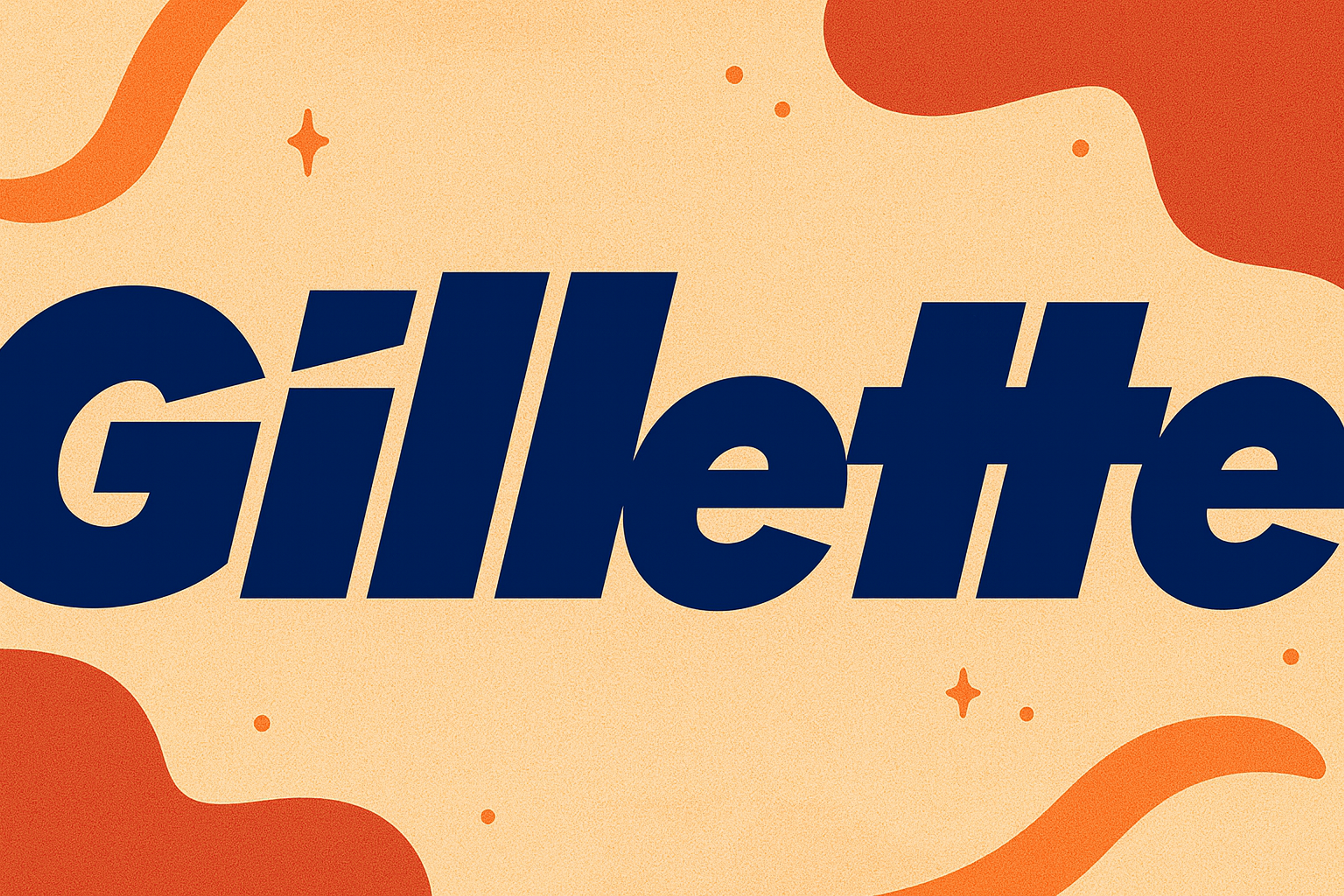
Understanding Design Principles
These hidden meanings often incorporate digital technologies and follow psychological principles that make logos work. Gestalt principles explain how the brain organizes visual information. We naturally group related elements, complete unfinished shapes, and distinguish objects from backgrounds.
Negative space exploits these tendencies. When designers place elements carefully, our brains find patterns in empty areas. This creates the "aha" moment that makes logos memorable.
Color psychology also plays a role. Colors trigger emotional responses within milliseconds. Red evokes energy and urgency. Blue suggests trust and calm. Pink connects with fun and playfulness. Designers deliberately choose colors to influence how people perceive brands.
Research shows logos with hidden meanings achieve better brand recall than straightforward designs. The discovery process creates positive associations. When people find a secret element, they feel satisfaction. This emotional connection strengthens their relationship with the brand.
In competitive markets, hidden meanings can provide a significant advantage. They help brands stand out and stay remembered longer. Hidden elements in logos not only enhance the overall brand image but also contribute to a strong brand's visual identity, making the brand's story and values more memorable to consumers. While some major brands rely on extreme simplicity, such as Apple or Google, others use clever hidden elements to create extra engagement.
Creating these logos requires skill and a great deal of patience. Designers research brand values, sketch concepts, and refine them through many iterations. Understanding the brand's identity is crucial for creating logos with effective hidden meanings that genuinely resonate with the intended audience. They test designs at various sizes and ensure the hidden meaning is neither too prominent nor too obscure. Modern tools help them achieve precise adverse space effects.
FAQ
What Are 7 types of Logos?
There are seven main types of logos. Wordmarks use a brand’s full name, like Google. Lettermarks use initials, like IBM. Brandmarks are symbols without words, like Twitter’s bird. Combination marks mix text and symbols, like Adidas.
Emblems put text inside a shape, like the Starbucks badge. Mascots use characters, like KFC’s Colonel Sanders. Abstract marks are shapes that don’t represent anything specific, like the Nike swoosh. Each type shows a brand’s style in a different way.
What Is the World's Best Logo?
Many people say Apple has the best logo. It’s simple, clean, and easy to recognize. The design works everywhere and connects with people on an emotional level. That makes it stand out from the rest.
What Are the 7 Elements of a Logo?
A good logo has seven key parts. Shape gives it structure. Color creates emotion. Fonts set the tone. Icons show meaning. Spacing keeps everything balanced. Scalability makes sure it looks good at any size. Originality helps it stand out. These pieces work together to build a strong and memorable logo.
What Are Gestalt Principles in Logo Design?
Gestalt principles are psychological rules that guide how the brain perceives visual information. They explain why we see hidden shapes in negative space, because our brains naturally complete patterns and find meaning in visual elements.
Read more:
Conclusion
Design acts as a quiet ambassador for the brand. Hidden meanings in logos demonstrate this: multilayered marks reward closer inspection with deeper insight.
These aren't accidents. Designers deliberately craft each element to communicate brand values and create memorable experiences. Hidden meanings in logos can also subtly communicate the brand's mission to consumers.
The next time you see a logo, take a closer look. That hidden arrow, secret number, or concealed shape tells a story designed to make you remember.
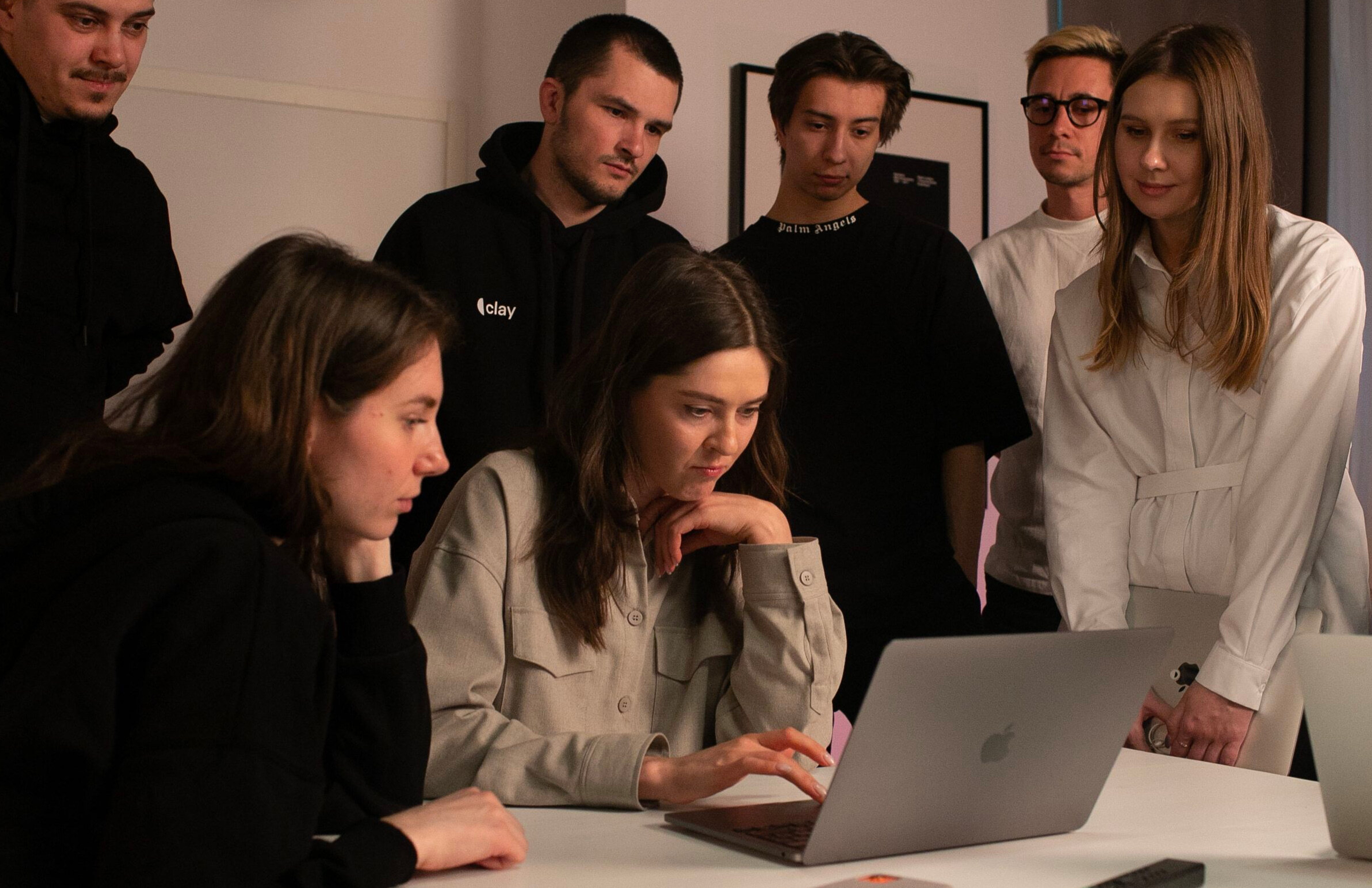

About Clay
Clay is a UI/UX design & branding agency in San Francisco. We team up with startups and leading brands to create transformative digital experience. Clients: Facebook, Slack, Google, Amazon, Credit Karma, Zenefits, etc.
Learn more

About Clay
Clay is a UI/UX design & branding agency in San Francisco. We team up with startups and leading brands to create transformative digital experience. Clients: Facebook, Slack, Google, Amazon, Credit Karma, Zenefits, etc.
Learn more

